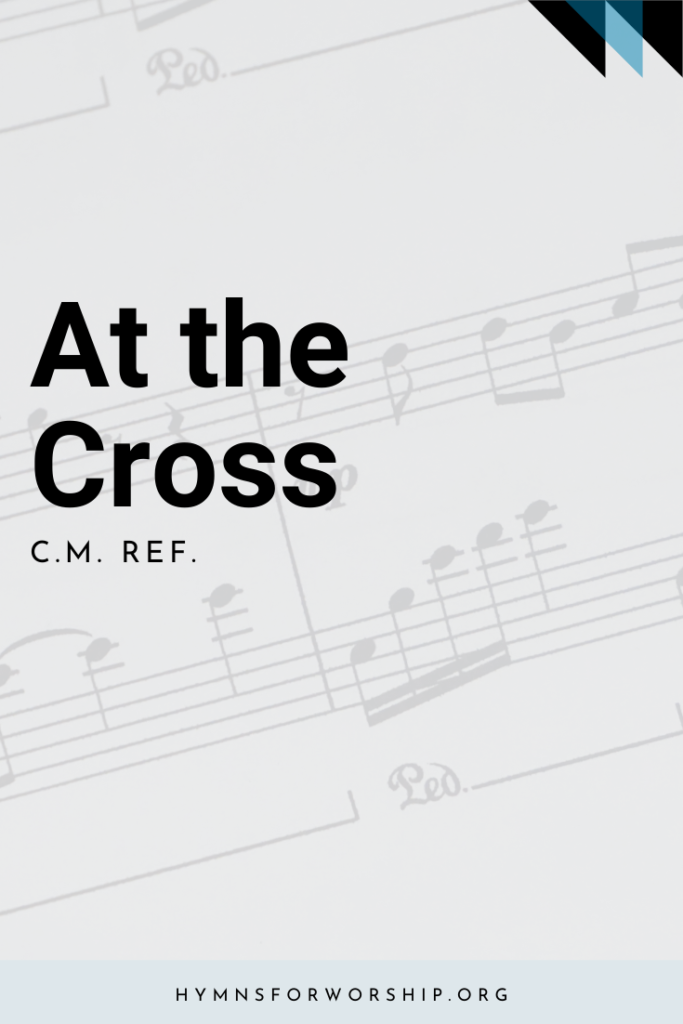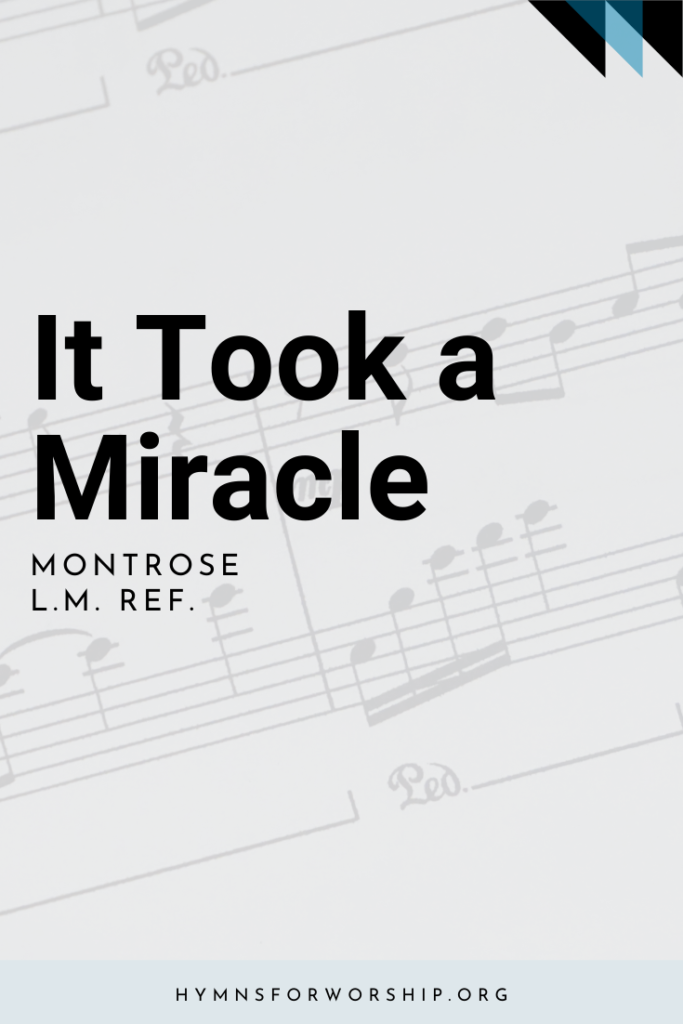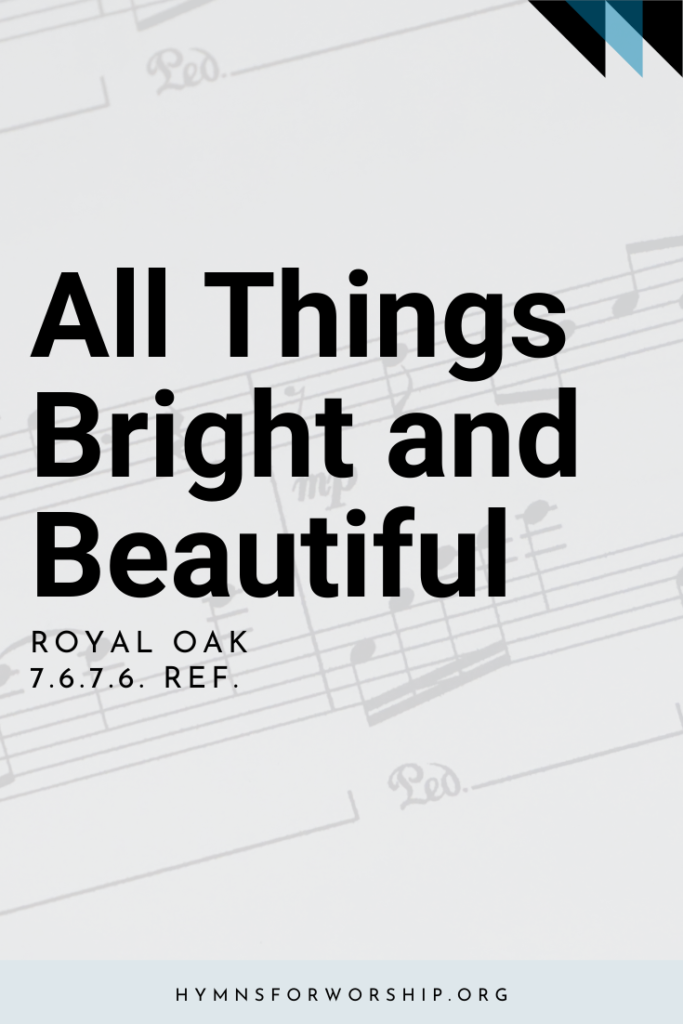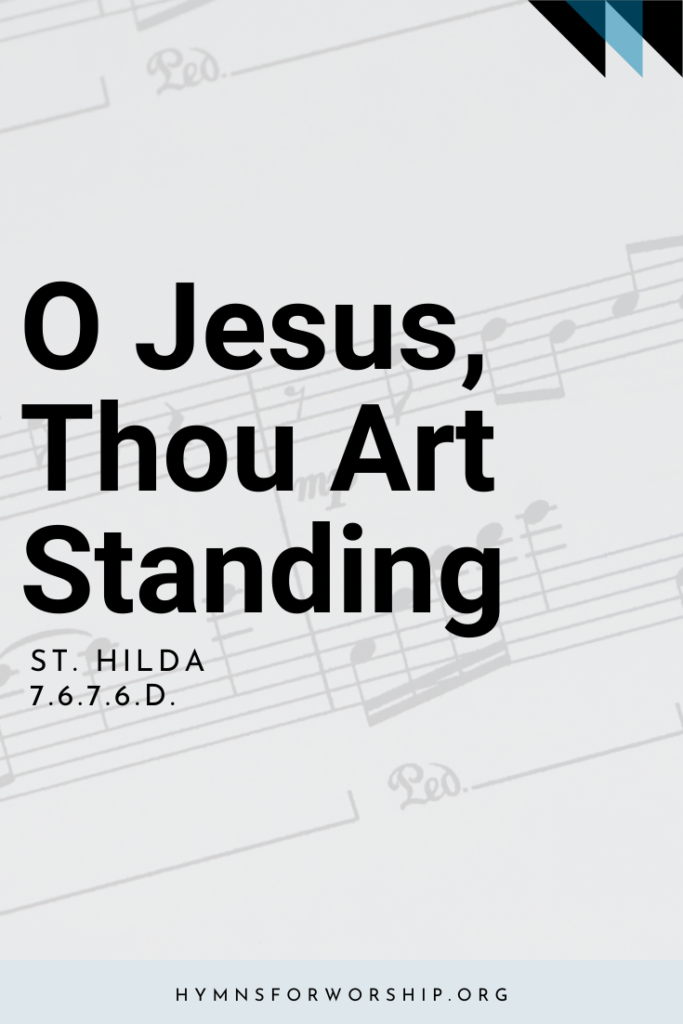Jesus Christ >> Sufferings & Death
SDAH 163
At the cross, at the cross,
where I first saw the light,
and the burden of my heart rolled away;
it was there by faith I received my sight,
and now I am happy all the day!


Get the hymn sheet in other keys here
For Worship Leaders
Make each hymn more meaningful with these helpful tools: Short, ready-to-use hymn introductions for church bulletins, multiple ways to introduce a hymn based on your worship theme and in-depth history and insights to enrich your song service.


Text
1
Alas! and did my Savior bleed,
and did my Sovereign die?
Would he devote that sacred head
for sinners such as I?
Refrain
At the cross, at the cross,
where I first saw the light,
and the burden of my heart rolled away;
it was there by faith I received my sight,
and now I am happy all the day!
2
Was it for crimes that I have done,
he groaned upon the tree?
Amazing pity! Grace unknown!
And love beyond degree!
3
But drops of grief can ne’er repay
the debt of love I owe:
Here, Lord, I give myself away;
’tis all that I can do!

Hymn Info
Biblical Reference
(a) John 19:30, Ps 22:6 (b) 1 Pet 2:24
Author
Isaac Watts (1674-1748); Ref. by Ralph E. Hudson
Year Published
1707
Metrical Number
C.M. Ref.
Composer
Ralph E. Hudson (1843-1901)
Alternate Tune
Without refrain, MARTYRDOM, SDAH 113
Watch
Notes
Make each hymn more meaningful with these helpful tools: Short, ready-to-use hymn introductions for church bulletins, multiple ways to introduce a hymn based on your worship theme and in-depth history and insights to enrich your song service.
Christ died on the cross to redeem us from our doom caused by sin. His death enables us to realize how God loves us so much. It is at the cross where we first saw the light that brought us the hope of our salvation. (Lesson 1, 2nd Quarter 2021 – At The Tree, Wednesday, 3/31/2021)





